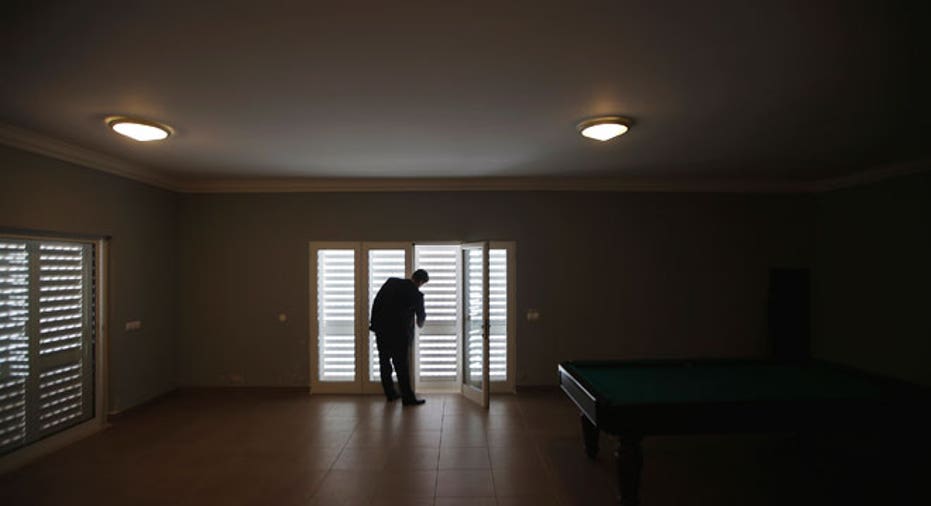Tax Savings: Rental Property Depreciation Explained

One reason you might consider investing in rental properties is to save money on federal income taxes. While this may be true, you should fully understand how rental properties and taxes work in order to determine whether you will save money from your rental property ownership.
If you’re already an investment property owner or are thinking about becoming a landlord, here’s a refresher on how the depreciation expense could help you maximize your tax savings.
The basics
In doing your annual 1040 federal income tax return, you’ll record your rent and all expenses on a Schedule E form. The net amount of gain or (loss) is then recorded on your 1040 form and can shield your income from taxes if you had a loss. One of the bigger expenses on most rental property owners’ Schedule E is something called depreciation. Here’s how it works.
When you own property, each year you write off costs for money you expend where the cost is a one-year expense, such as gardening, general maintenance, repairs and HOA fees. But what if the cost is for an improvement such as a new kitchen or new sidewalks? Because those costs have a useful life beyond one year, you must “capitalize” and depreciate those costs. That means you divide the total cost by the useful life of the improvement, and write off 1/nth of the cost per year. For example, you do $15,000 worth of driveway and sidewalks, with a 15-year useful life, so you can write off $1,000 per year ($15,000 divided by 15 years).
The biggest capital asset of any property is the actual purchase of the house. When you buy a rental property and will own it for longer than one year, you can depreciate the structure. First you must divide the purchase price of the property between the land and the building. You can use your tax assessor’s estimate of the cost of each of those components, an appraisal or an insurance agent’s estimate of the cost of the building. Either way, you can only depreciate the building, as theoretically the land portion of your purchase price is not “used” up and cannot be depreciated.
Crunching the numbers
Here’s an example: Let’s say you buy a single-family home for $200,000. The tax assessor’s estimate of the land value is $75,000, and the building value estimate is $125,000. Your depreciation expense that you take each year against rental income would be $125,000 divided by the IRS allowed 27.5 years of useful life (residential real estate) for a depreciation expense each year of $4,545. So thanks to that depreciation expense, you are saving (assuming you can use passive activity losses) $4,545 multiplied by your marginal tax rate (which is a topic for another day). This could be tax savings from $1,000 to $2,000 per year, just for the depreciation amount.
The calculation and write-off are pretty straightforward, but the actual tax savings amount gets a little more complicated. Many people flub this calculation from the start, so it’s best to find a licensed tax professional and start saving some money going forward.
Read More from Zillow
- Rental Homes: Making More Money by Keeping Your Tenants Happy
- Buying? Use This Checklist to Avoid Surprises
- Are You Properly Insured for Your Real Estate?
Leonard Baron, MBA, is America’s Real Estate Professor®. His unbiased, neutral and inexpensive “Real Estate Ownership, Investment and Due Diligence 101” textbook teaches real estate owners how to make smart and safe purchase decisions. He is a past lecturer at San Diego State University and teaches continuing education to California real estate agents at The Career Compass.
Note: The views and opinions expressed in this article are those of the author and do not necessarily reflect the opinion or position of Zillow.



















